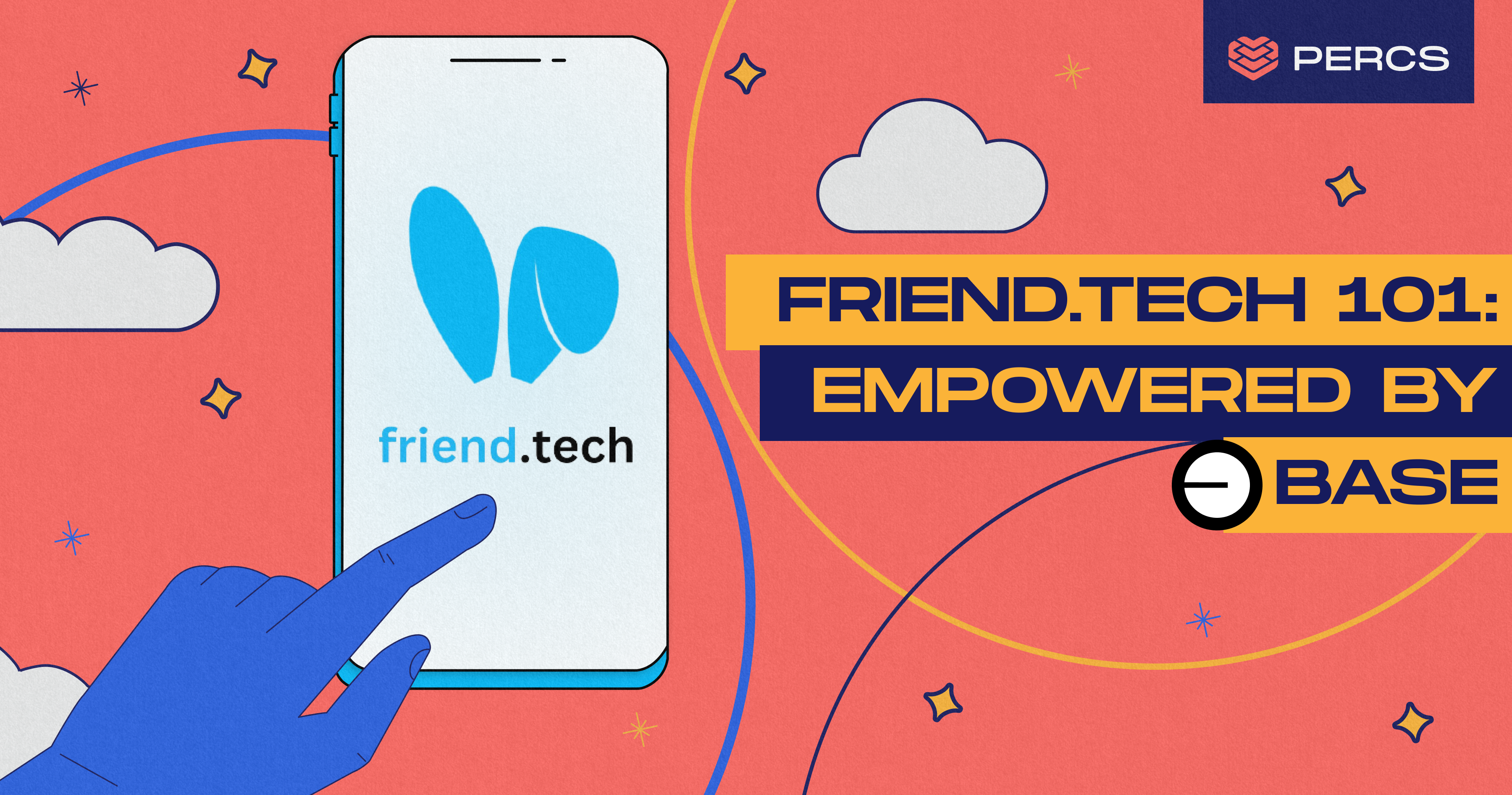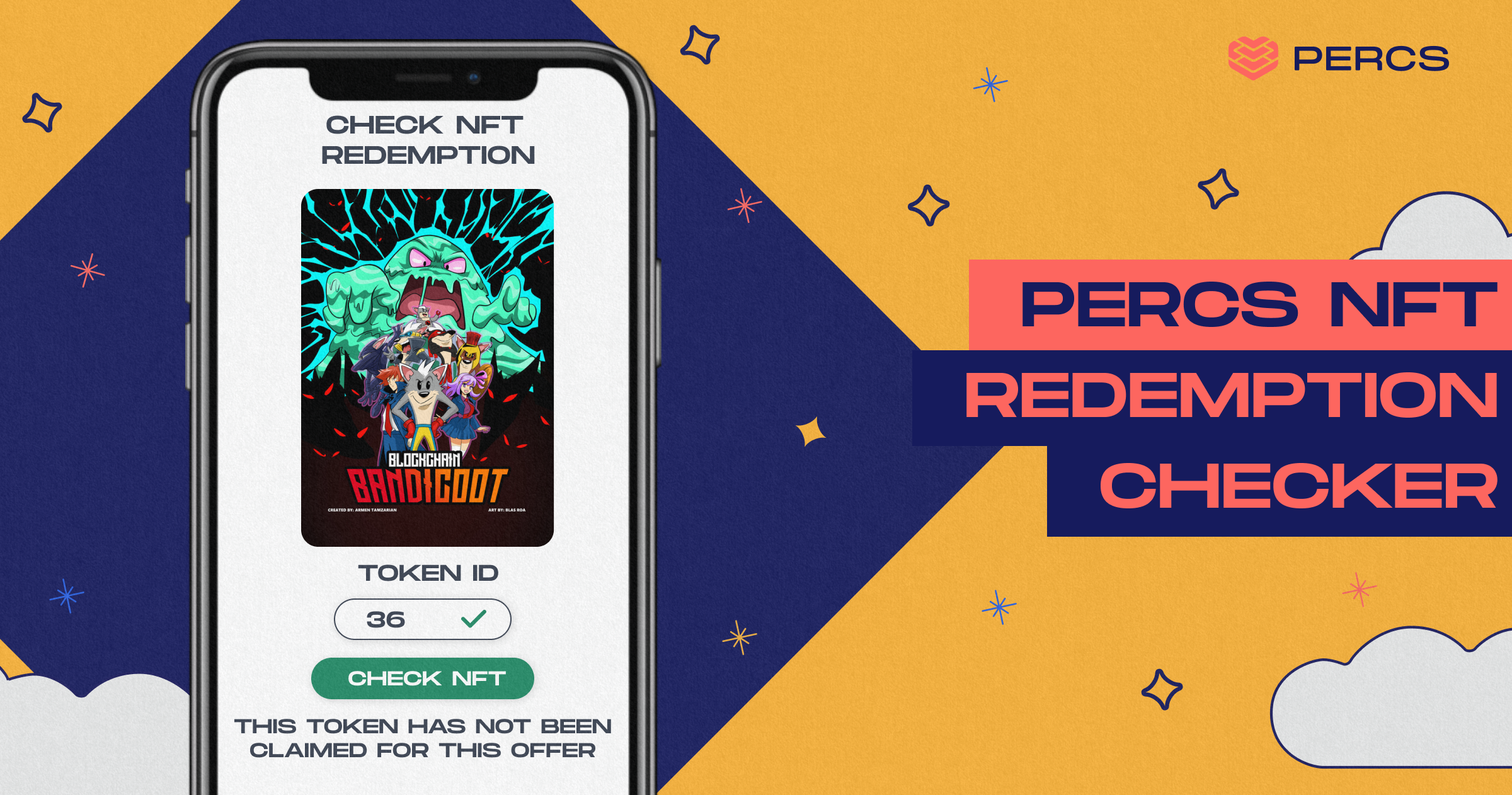
Ethereum is the most widely used platform for token creation, and it has several token standards that specify the technical rules for creating and managing tokens on the Ethereum blockchain. This article will provide a technical overview of the most popular Ethereum token standards and their use cases.
ERC-20
The ERC-20 token standard is the most common Ethereum token standard, used by virtually every fungible token on the Ethereum blockchain. It defines a technical standard for creating tokens with a few basic functions. ERC-20 tokens can only be sent or received by Ethereum addresses, but a third-party account can be approved to spend them on behalf of the token holder. ERC-20 tokens are useful for creating stablecoins, exchange tokens, scaling solution tokens, and DeFi protocol tokens.
ERC-721
The ERC-721 token standard is the top Ethereum token standard for non-fungible tokens (NFTs). It defines a technical standard for creating unique indivisible tokens that represent a distinct asset. ERC-721 tokens can represent generative digital art, profile pictures, virtual accessories, metaverse land plots, and any other online or offline asset that cannot be copied or split up. Each ERC-721 token has a unique value called a token ID, which serves as an identifier for the underlying asset that the token represents. ERC-721 tokens are useful for issuing things like concert tickets or certificates of authenticity on the blockchain.
ERC-1155
The ERC-1155 token standard was created to address the limitations of both ERC-20 and ERC-721 tokens. It enables the creation of both fungible and non-fungible tokens within the same smart contract, making transactions cheaper and more efficient. ERC-1155 tokens have a hook feature that prevents tokens from getting lost by being sent to the wrong contract address. This standard is useful for metaverse gaming applications that use multiple fungible and non-fungible tokens.
ERC-223
ERC-223 tokens were created to fix a bug in ERC-20 that resulted in millions of dollars of tokens getting lost because they were not rejected by the smart contract and could not be recovered. ERC-223 tokens allow tokens to be sent to a smart contract that explicitly approves deposits of a specific token, preventing tokens from getting stuck.
ERC-777
ERC-777 is similar to ERC-223 in that it prevents tokens from getting stuck, but it also allows for backward compatibility with the ERC-20 standard. ERC-777 tokens have hooks for accepting or rejecting tokens and can be approved and transferred with a single transaction. ERC-777 tokens also enable more efficient transactions.
ERC-827
ERC-827 is another backward-compatible alternative to ERC-20 that allows holders to transmit data in addition to values. This means that tokens can have utility without being transacted with, enabling features such as virtual shopping carts at Web3 shops. ERC-827 tokens can also have hooks for accepting or rejecting tokens.
Conclusion
The development of various token standards has opened up numerous possibilities for blockchain-based applications. As a result, it's crucial to identify the specific use case you intend to build to choose the right standard that aligns with your needs.
As we move forward with the evolution of the Ethereum ecosystem and the wider Web3 industry, we can expect to see new token standards emerge, providing even more opportunities for decentralized applications. These new standards will continue to drive innovation and enable developers to create sophisticated decentralized solutions that leverage the power of blockchain technology.
At Percs, we help our clients create unique and personalized user experiences, protect their assets, and increase engagement with their communities. If you're interested in learning more about our services and how we can help you with your project, visit our website or reach out to our team today. Let's build the future of the decentralized web together.





